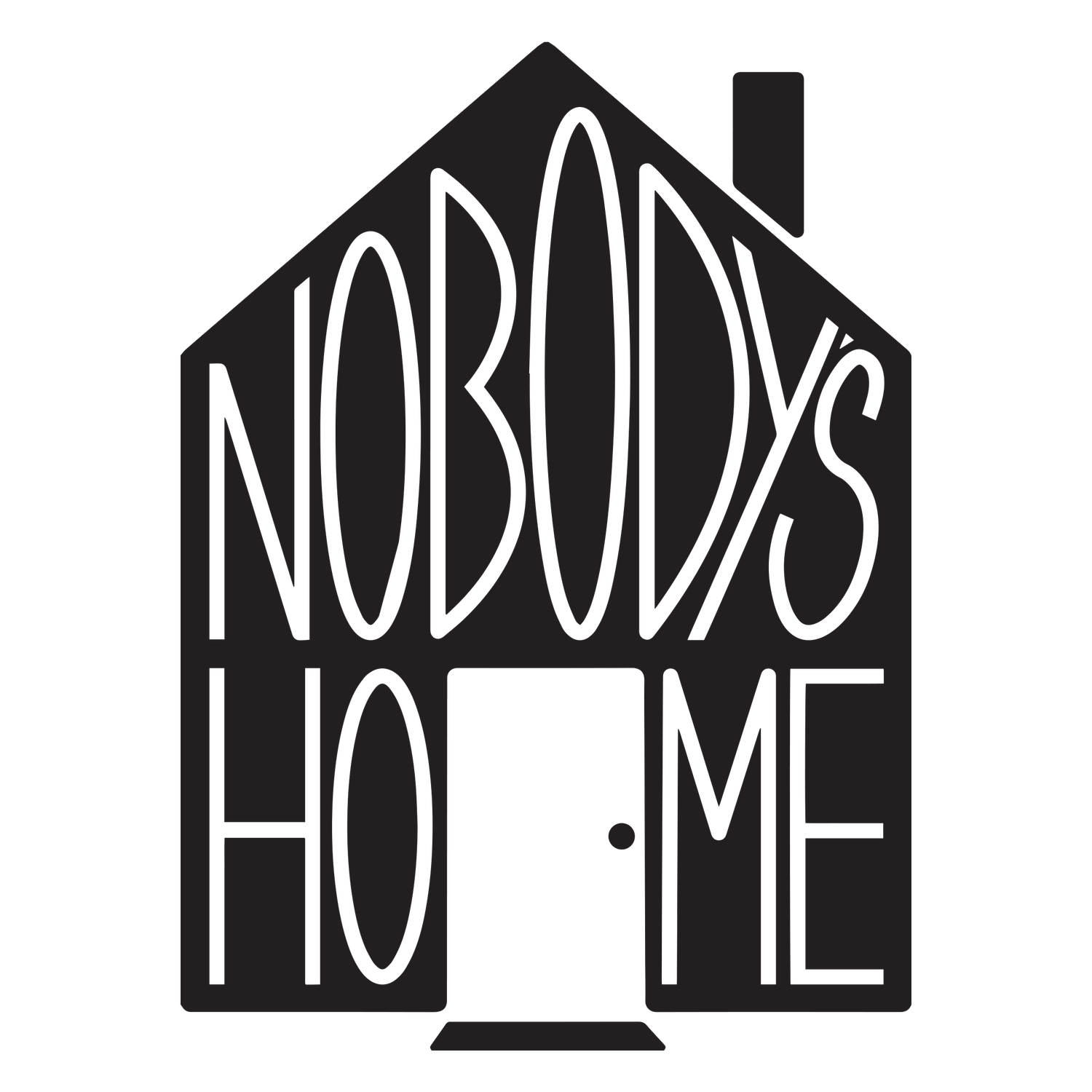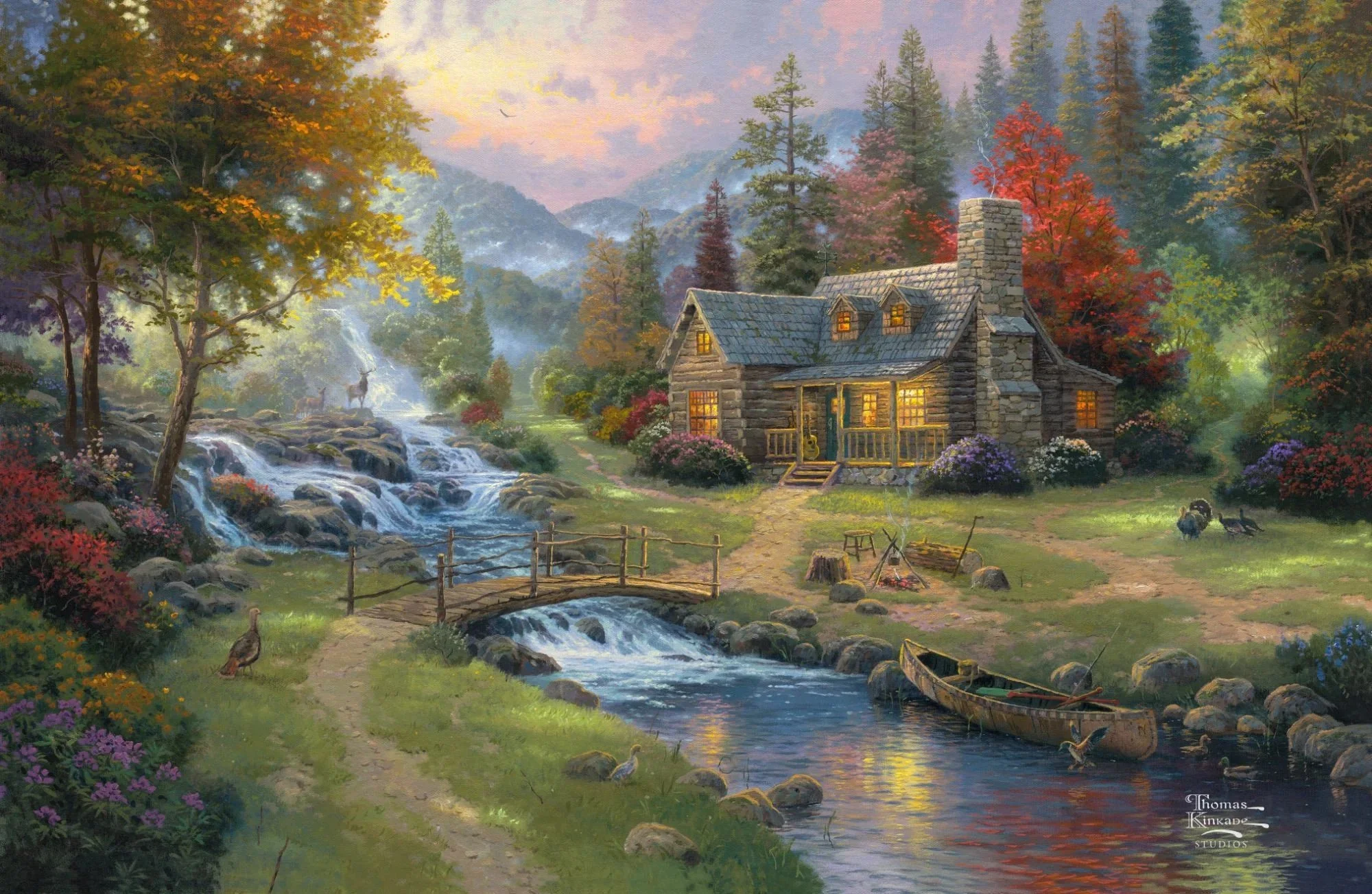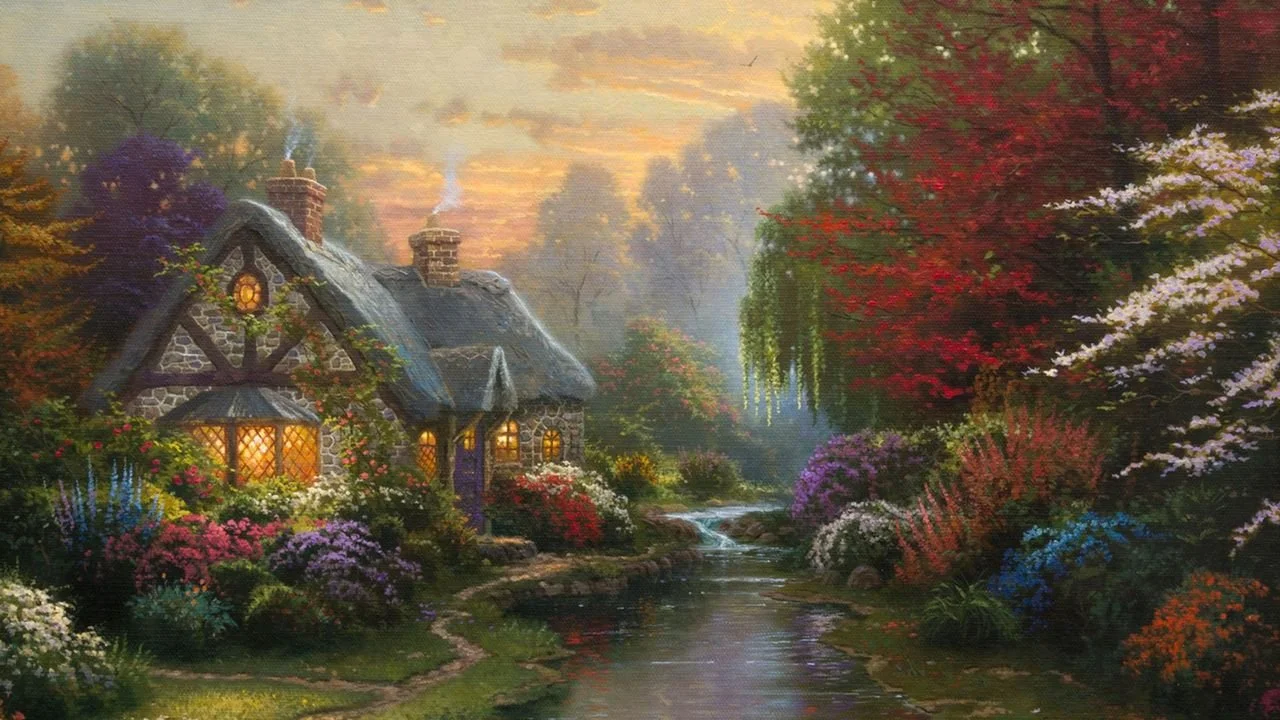The Most Controversial Artist in the World - Thomas Kinkade
Thomas Kinkade was one of the best-selling and most collected artists of all time, and you’ve probably seen his work before. Throughout his 40 year career, Kinkade made millions, sold thousands and has his work up for sale in hundreds of stores. All this with only one gallery exhibition in his entire career. He called himself the ‘heir apparent’ of Andy Warhol.
However, according to himself, he was one of the most controversial. And there are many people that would agree.
According to art critic Charlotte Mullins, Kinkade’s work is “…banal and hollow, with no intent to say anything meaningful.” Another critic Christopher Knight said his work is “…really, really, really bad art.” Susan Orlean said his work are “more of a wishful and inaccurate rendering of what the world looks like, as if painted by someone who hadn’t been outside in a long time.” According to a San Francisco art gallery owner, “There’s always been starter art, but Kinkade is the lowest form of starter art I’ve ever seen.” And that’s just the start of the countless negative opinions of Kinkade’s art.
After listening to these types of reviews, you’re probably wondering how bad his art actually is. It must be controversial or tonedeaf, repulsive or offensive. Or, just bad on a technical level. But, it isn’t. Here’s an example of one of his works:
They’re not bad paintings. They’re nice to look at. They’re technically very well done. They’re not controversial or rude, they’re just nice. And that’s all they are.
They’re presentations of idyllic scenes, 19th century cottages set in subtle mists and lush forests, bright flowers and reflective water. The buildings look cozy and comforting, brightly lit from the inside. Each painting followed the same rule, ordinary bliss designed to calm and comfort, to appeal to the average American customer. It can be copied and pasted, and copied it certainly was. Although, there can be something so sickly sweet about, so naively calm that feels unrealistic to reality. To quote Joan Dickson, “…such insistent cosiness as to seem actually sinister, suggestive of a trap designed to attract Hansel and Gretel.”
But this isn’t just about his paintings and whether they’re good or bad. This is also about Kinkade’s business as an artist. To be frank, if Bob Ross was an overconfident and greedy artist, a sell out, he would be Thomas Kinkade.
Born in 1958, Thomas Kinkade was raised by his single mother with his two siblings in Placerville, California. His childhood neighbour became his artistic mentor, which led to Kinkade studying at the Art Centre College of Design in Pasadena. From there, Kinkade turned to Christianity, becoming such a devout believer that he gave all of his four future children the middle name ‘Christian’. His faith also impacted his paintings, adding soft rays of light from the sky and the cottage windows, calling it ‘God’s Light’. This lead to Kinkade calling himself ‘The Painter of Light’, something he then trademarked. It sounds like a traditional American upbringing, middle-class, all-American. In his peak, around the late 90s and early 00s, Kinkade’s business brought over $100 million per year. He had hundreds of retail galleries across the US, due to the fact that traditional galleries didn’t acquire his work for sale or for show. By the year of his death, 2012, Kinkade’s business made $4 billion in sales, with one sale every 40 seconds.
His paintings were sold on TV shopping channels like QVC, or licensed out to companies like Disney and Hallmark. His work was printed on jigsaw puzzles, plates, furniture, greeting cards, whatever you can think of, you can probably find it.
His artworks themselves were sold in franchises galleries found in malls and various shopping streets. They featured originals, reproductions & limited edition prints, but the customer was open to ‘customising’ their print for a higher price (more on that later). His galleries went against the typical white and sterile environment of many public and private galleries across the world. The walls were painted with rich colours and plush armchairs sitting next to cozy fireplaces, referencing the interiors of Kinkade’s cottages. It wasn’t alienating to the average consumer, which was the exact kind of person Kinkade was going for.
Now, the customising. The majority of the artworks you’d find in a Kinkade gallery were prints and reproductions, either on canvas or paper. This would be exact to the original, however there is another option. A print can go through a ‘highlight artist’ which adds spots of colour and light throughout the painting, technically making each one unique. Each ‘unique’ print is finished with Kinkade’s machined signature, complete with ink mixed with his blood, for some reason. Even some originals were first started by Kinkade, but finished by one of his ‘apprentices’, bringing in the question of the artworks authenticity as an original. The apprentices are allegedly employees digitally generating the painting, so that’s another issue entirely.
In the years before his death, Kinkade’s empire began to crumble. At least of his franchised galleries sued Kinkade’s company for defrauding them. Ex-gallery owners claimed that Kinkade used their Christian faith, threats and failed disclosure as a way to manipulate them into purchasing and running a Kinkade gallery. They also claimed that Kinkade purposefully devalued his company and filed for bankruptcy in order to buy it back for a lower price, which Kinkade claims was caused by a myriad of issues, including the dot-com crash and the 9/11 attacks. The court ruled in favour of the gallery owners, meaning the Kinkade would need to pay $860,000 in response.
This lead to a downfall in Kinkade’s personal life. His marriage failed, he became addicted to alcohol and was accused of multiple indecent behavioural incidents. (Apparently he urinated on a Winnie the Pooh statue at a Disneyland hotel while saying “This one’s for you, Walt.”). Kinkade passed away from an overdose in 2012.
After his death, a vault of unseen Kinkade artworks were found, and they’re not just more of what you’d expect. They were conceptual and dark, more abstract and ugly. It makes you think, was the Thomas Kinkade as presented in his artworks, all fake? Was he just painting generic kitsch landscapes to build his business? Or did he feel locked into an aesthetic that he could no longer deal with? It’s hard to really know, but it paints a far more complex picture than Kinkade ever sold.
All of this overselling and treatment of art as a capitalist product, meant that people, especially those in the art world, saw Kinkade as a salesman and not an artist. He could no longer be considered as an artist in a traditional sense, just a man who makes a painting with the sole purpose to sell, not to convey any specific meaning. There is no expression, no commentary, no issue that’s being faced, nothing that tells you anything. Kinkade exchanged conceptualism for capitalism, something that affected his name forever. There’s a reason why the majority of the world, especially those in the arts industry, never knew Kinkade’s name, or knew that he was the bestselling and most collected artist all time. In my opinion, he’s not a fine artist, a commercial artist at best, but he was a businessman. And not a good one at that.
“There’s over 40 walls in the average American home, and Thom says our job is to figure out how to populate every single wall in every single home and every single business throughout the world with his paintings.”



